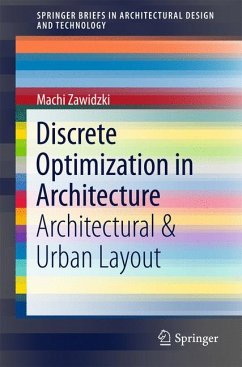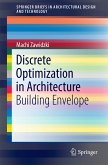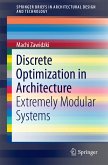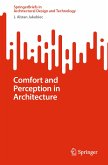The algorithm for the functional layout design is based on backtracking using a constraint satisfaction approach combined with coarse grid discretization. The algorithm for the town square evaluation is based on geometrical properties derived directly from its plan.
Part II introduces a crowd-simulation application for the analysis of escape routes on floor plans, and optimization of a floor plan for smooth crowd flow. The algorithms presented employ agent-based modeling and cellular automata.
Dieser Download kann aus rechtlichen Gründen nur mit Rechnungsadresse in A, B, BG, CY, CZ, D, DK, EW, E, FIN, F, GR, HR, H, IRL, I, LT, L, LR, M, NL, PL, P, R, S, SLO, SK ausgeliefert werden.
Hinweis: Dieser Artikel kann nur an eine deutsche Lieferadresse ausgeliefert werden.









